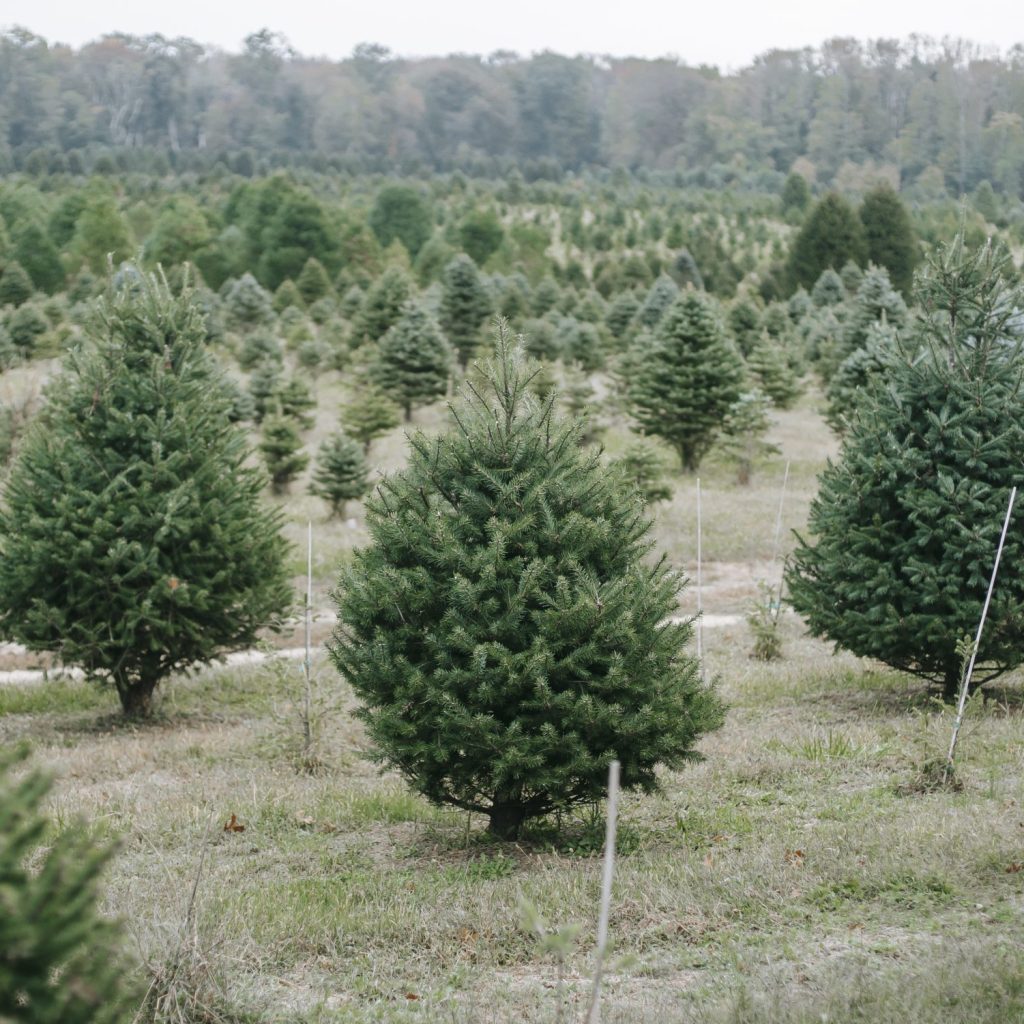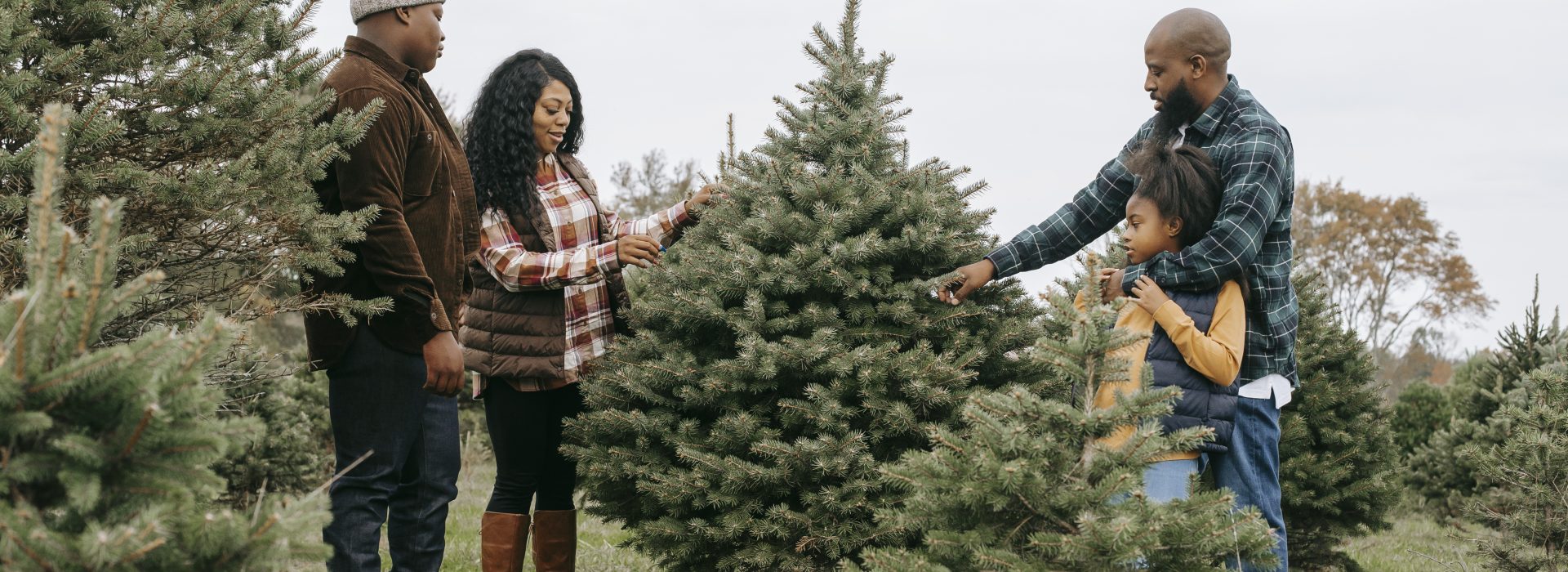Every year, the world witnesses a time-honored tradition where millions of Christmas trees are cut down and adorned with glittering ornaments and twinkling lights. While this festive practice brings joy to homes around the globe, it also comes at a significant environmental cost. In the name of celebration, approximately 120 million trees are felled annually during the Christmas season, leading to large-scale deforestation and the release of carbon dioxide into our atmosphere.
The environmental impact of this cherished tradition cannot be ignored. An average 2-meter natural Christmas tree carries a carbon footprint of around 16 kilograms of CO2, while its plastic counterpart registers an even higher footprint of approximately 40 kilograms of CO2. When you multiply these numbers by the staggering 120 million trees cut down each year, the result is an astonishing 2-3 billion kilograms of carbon footprint.
The numbers are concerning, with about 35 million trees are sold in the United States and 8 million in UK. While some nations purposefully cultivate Christmas trees for the festival, many others do not. This lack of local production not only contributes to increasing carbon footprints but also results in pollution, as an exponential rise in the use of ‘fake’ plastic trees imported from China has been witnessed in recent years.

Photo by on Pexels
European countries together contribute another 50 million trees to the tally, while Australia adds 5-6 million of its own. Additionally, countries across Latin America, Canada, Russia, and various Asian nations collectively contribute another 40 million trees. The environmental consequences of this mass cutting of trees are far-reaching. From the severe depletion of the topsoil due to deforestation to the post-festival burning of discarded trees, these practices exacerbate climate change.
It is high time that people from the Christian community reevaluate their Christmas traditions and consider more sustainable alternatives. Rather than contributing to deforestation and carbon emissions, they can make a positive impact on our planet by planting more trees. The concept of “Plant a Tree for Christmas” can become a new tradition, where families, communities, and nations come together to plant trees instead of cutting them down.
By embracing this new tradition, people not only celebrate the spirit of Christmas but also commit to nurturing the environment. Each tree planted serves as a symbol of hope, growth, and renewal, echoing the true essence of the holiday season. Moreover, it aligns with the global effort to combat climate change and protect our planet for future generations.
This holiday season, let people from the Christian community give the gift of a greener Earth. It’s time to replace the tradition of cutting down trees with the tradition of planting them. Together, we can create a more sustainable and environmentally conscious way to celebrate Christmas, ensuring that the beauty of our planet continues to shine for generations to come.












